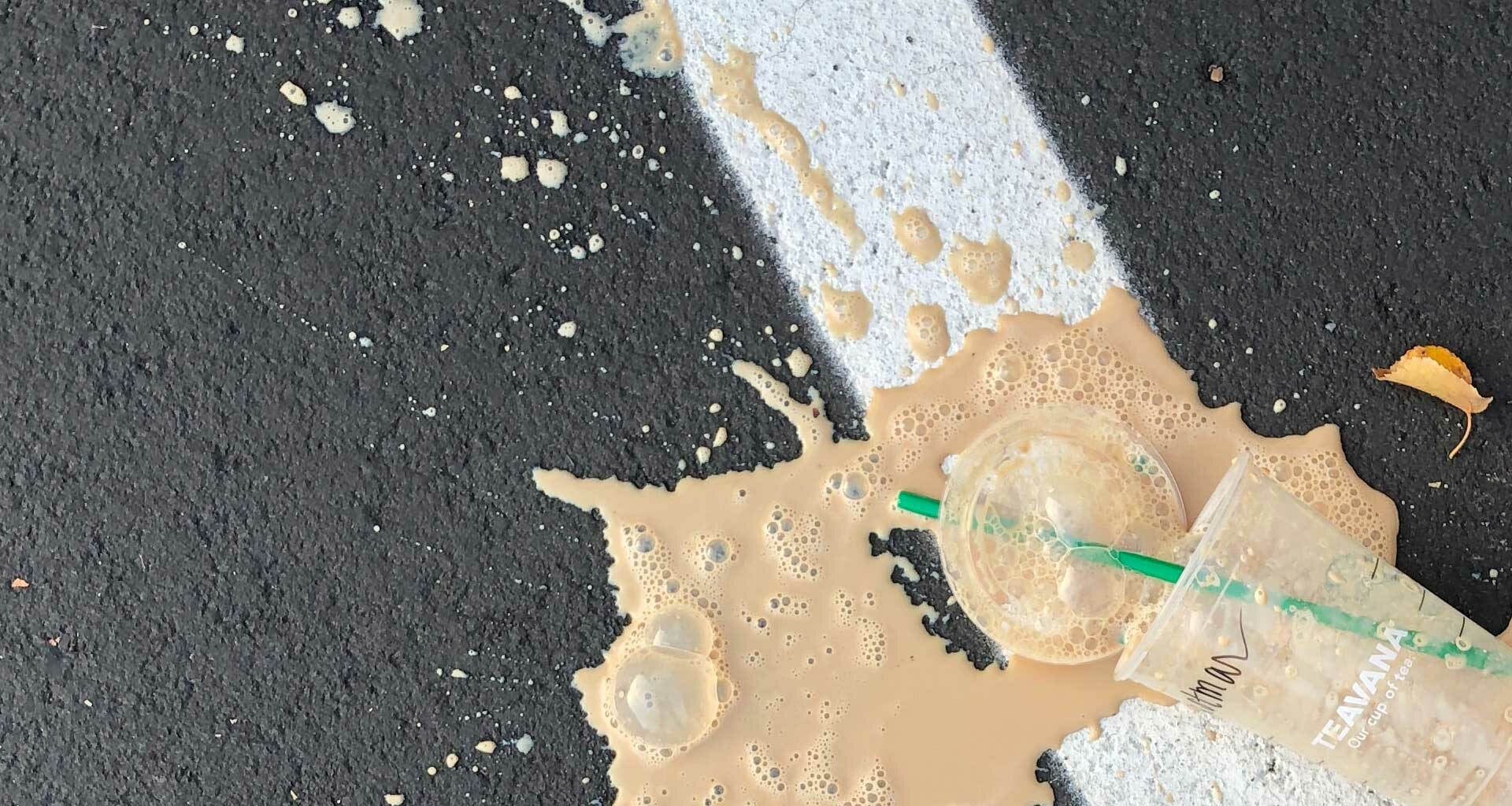Starbucks opened in Pike’s Place Market in Seattle in 1971. The goal was to sell great coffee. After a trip to Milan, Howard Schultz suggested the company add on espresso drinks. The original founders rejected that idea. Ultimately Shultz bought the company and created an American version of the European coffeehouse experience (with espresso drinks). Shultz looked to create an unhurried lifestyle, rather than a routine.
By Robert Passikoff
And it worked. People were willing to pay for it. Five bucks for what they could get at the corner coffee cart or local diner for a buck. Because it was a kind of Euro-cool experience. You could sit and read a newspaper, and you could close your eyes and feel as if you were sitting in Paris or Rome. Or just syphon off their wi-fi while you worked.
Starbucks had growing pains over the years. At the end of 2005 Brand Keys engagement metrics pointed out the fact that Starbucks’ phenomenal growth had also resulted in the removal of the individual and unique characteristics (along with the couches, free newspapers, and space) that had made them different from any other competitor and defined the “Starbucks Experience.”
On February 14th 2007 The Wall Street Journal printed the text of an internal memo by Howard Shultz, CEO, entitled “The Commoditization of the Starbucks Experience.” In the memo Shultz stated the development and scale of Starbucks – growing in a 10 years from 1,000 to 13,000 stores – resulted in what he termed, “the commoditization of the brand.” He continued:
Many of these decisions were probably right at the time, and on their own merit would not have created the dilution of the experience; but in this case, the sum is, unfortunately, much more damaging than the individual pieces. For example, when we went to automatic espresso machines, we solved a major problem in terms of speed of service and efficiency. At the same time, we overlooked the fact that we would remove much of the romance and theatre that was in play with the use of the La Marzocca machines.
Since then Starbucks has made conversions and adjustments to the stores and the experience, and it’s reasonable to say that for the past decade or so the Starbucks experience has been pretty static. Suitable and safe, and probably now driven more by routine than Shultz’s initially-imagined experience.
But not since the COVID-19 pandemic.
Toward the end of March Starbucks closed its cafes for 2 weeks, reducing service to drive-thru and delivery. They announced measures limiting seating in its stores and suspended the use of personal cups. And then they closed. To help stem the surge of the pandemic and promote social distancing, and good for them!
But here’s the thing, they’ve “opened” stores. Not actually “opened.” More like “serving.”
You can’t enter the stores. You can’t sit down, and you certainly can’t linger. What you can do is order by app or at the door, six feet away from a masked employees, and you can consume your coffee while you socially-distance while walking away from the store along on the sidewalk.
So, what’s the difference between Starbucks and a corner coffee cart? Or Starbucks and a diner pick-up?
Oh, one other thing, for those of you who say there’s not an app for your corner coffee cart, these days I wouldn’t count on that! And sure, for lots of out-of-home coffee consumers, coffee is more than just a caffeine delivery-system. It’s an experience. Something Starbucks needs to remember.
So, let me end with the questions with which I began: Is Starbucks still Starbucks?

Robert Passikoff is founder and CEO of Brand Keys. He has received several awards for research innovation including the prestigious Gold Ogilvy Award and is the author of 3 marketing and branding books including the best-seller, Predicting Market Success.
Photo by Eternal Seconds on Unsplash.














Robert Passikoff makes an interesting point. As a card-carrying S’bucks member myself, I can tell you first hand that my buying patterns have changed radically (no surprise there) and so have my expectations for the whole experience. Did the “third place” just disappear?